
The policy of rearranging administrative units at all levels this time aims at a large goal, with a hundred-year strategic vision. General Secretary To Lam emphasized: The rearrangement of administrative units at all levels this time "is not simply a matter of adjusting administrative boundaries but also adjusting economic space; adjusting the division of labor, decentralization, adjusting the allocation and combination of economic resources".
Realizing the importance of this policy in the process of bringing the country into the era of national development, VietNamNet organizes a series of articles " The historical administrative unit arrangement with a hundred-year vision " with analysis and evaluation by many prestigious experts.

With the spirit of "running and queuing at the same time", within just 1 month, the Government Party Committee completed the project to arrange and reorganize administrative units at all levels and build a 2-level local government model under the direction of the Politburo and the Secretariat.
Accordingly, the project proposes a two-level local government model including provincial and grassroots levels, without organizing a district level.
Including a plan to merge some provinces so that after the arrangement, the number of provincial-level administrative units will be reduced by about 50% and the number of commune-level administrative units (grassroots level) will be reduced by about 60-70% compared to present.

Currently, the country has 63 administrative units including 57 provinces and 6 centrally-run cities ( Hanoi , Ho Chi Minh City, Da Nang, Can Tho, Hai Phong and Hue City); 696 district-level administrative units including 2 centrally-run cities (Thu Duc - Ho Chi Minh City, Thuy Nguyen - Hai Phong City), 84 provincial cities, 53 towns, 49 districts and 508 counties, 10,035 commune-level administrative units.
Thus, according to the Politburo's direction, after the arrangement and merger, the whole country will have more than 30 provincial-level administrative units and about 3,000 commune-level administrative units, and no longer have 696 district-level administrative units.

Speaking with VietNamNet, Associate Professor, Dr. Vu Van Phuc, Vice Chairman of the Scientific Council of Central Party Agencies and former Editor-in-Chief of Communist Magazine, said that the revolution to streamline the organizational apparatus has been implemented very vigorously by the Party and State.
“The Central level has completed the streamlining in February and since March 1, the new apparatus of the agencies of the Party, Government, National Assembly, and Vietnam Fatherland Front has been operating in a streamlined, efficient, effective, and efficient manner. Up to now, the work of the Party, State, Government, and National Assembly has been smooth. The service to the people and businesses has been smooth. That proves that the revolution of streamlining the apparatus organization is in accordance with objective laws,” Associate Professor, Dr. Vu Van Phuc acknowledged.
From there, he believes that "it is impossible not to do it at the local and grassroots levels, it is impossible to stop but must continue, go to the end". Because when the central level is clear, the grassroots level must also be clear.

This administrative unit reorganization is not simply about streamlining the focal points but aims at a larger goal. That is to expand the development space, create a foundation and momentum for the country in the new era, while ensuring the long-term stability of the system and organization with a hundred-year strategic vision" - Minister of Home Affairs Pham Thi Thanh Tra. Photo: Chinh Quoc
Mr. Phuc emphasized that after 40 years of renovation, the country has a new, higher position and strength, with sufficient conditions in all aspects of politics, economy, culture and society.
In addition, the qualifications and capacity of strategic-level to grassroots-level cadres have been greatly improved, accumulating a lot of experience in local and sectoral management and administration, and "they have enough capacity to administer when localities are merged and consolidated on a larger scale".
He pointed out that in many countries, local government organizations have only two levels and provincial-level focal points are also very few. A typical example is China - a country much larger than Vietnam in terms of area and population, but the number of provincial-level focal points is only more than 30.
"Looking at the world, reducing provincial and commune level focal points and eliminating district level is objective and in line with the general trend," he said.

Associate Professor, Dr. Nguyen Viet Thong, former General Secretary of the Central Theoretical Council, said that in the past, it was necessary to separate provincial administrative boundaries due to three reasons. That is, the level of cadres and leaders was not enough to manage large units; communication was very difficult; infrastructure and transportation were not convenient with large areas, cadres had difficulty returning to the grassroots.
Reality over the past has shown that when separated, localities all develop and take off very quickly. So why are developing provinces now raising the issue of rearrangement and reorganization?
Answering this question, Mr. Thong analyzed that the state budget must spend 65-70% on regular expenditures, of which the majority is spent on supporting the apparatus, leaving no money left for other areas. This has also been noted by General Secretary To Lam many times.
“In the past, our country had to separate provinces and cities for the three reasons mentioned above. Now, all three reasons no longer exist. Because the level of leaders and managers has been raised; communication with digital transformation has developed; and transportation is now very convenient,” said Associate Professor, Dr. Nguyen Viet Thong.

Associate Professor, Dr. Nguyen Viet Thong, former General Secretary of the Central Theoretical Council.
In addition, the current merger of provinces and arrangement of administrative units also comes from the need to bring the country into a new era.
“Since the 7th mid-term conference, the Party has warned of four risks, including the risk of falling behind - now that is no longer a risk. Therefore, we must face the truth about the risk of our country falling behind other countries in the world and the region,” Mr. Thong emphasized.
Therefore, according to him, in order for the country to successfully achieve the goals set by the 13th Congress so that by 2045, Vietnam will become a developed country with high income, it must increase investment and the apparatus must be streamlined to grow.
“The country’s context is also ripe. This is a golden era, an important opportunity for us to seize and win the revolution of streamlining the apparatus,” he emphasized.
The upcoming 14th Party Congress will be a milestone bringing the country into an era of national growth. Before the Congress, we must streamline the organization to be able to "take off".
According to Associate Professor Dr. Nguyen Viet Thong, another “golden opportunity” is the revolution to streamline the organizational apparatus launched by General Secretary To Lam, which is receiving great sympathy and support from the people. Right from the stage of arrangement, the organization of the entire political system at the central and local levels has been very welcomed by the people, “now we must continue to advance”.

Associate Professor, Dr. Vu Van Phuc said that thanks to the digital technology platform, the old management method and paper-based administration are no longer effective, while administrative procedures can be performed on a technology platform. Thanks to technology, the Central Government can connect to communes, villages, hamlets, and party cells. Thus, reducing provincial and commune-level focal points and eliminating the district level is inevitable.
In early March, the Government set a target that by June 30, all leaders, officials, and civil servants of ministries, branches, and localities (provincial, district, and communal levels) must process work documents online and use digital signatures to handle work.
“Digital technology almost eliminates geographical administrative boundaries, even in mountainous, remote and isolated areas, if digital infrastructure is well developed, they can all be connected to each other. There is no need to organize a cumbersome government apparatus like today to handle piles of paperwork. Large-scale provinces and large communes are not a concern when we have a digital technology platform,” he affirmed.

Associate Professor, Dr. Vu Van Phuc, Vice Chairman of the Scientific Council of Central Party Agencies, former Editor-in-Chief of Communist Magazine.
Mr. Duong Trung Quoc, Vice President and General Secretary of the Vietnam Historical Science Association, also commented that if we look back at the development process of history, especially the history of administrative units, it is right to streamline the apparatus at this time, to avoid the situation of the apparatus becoming too bloated.
This is done in favorable conditions when the country is in the digital age, the age of science and technology that helps a lot in management. If the provinces are divided too small, it will lead to a fragmented administrative boundary and a cumbersome apparatus, which is clearly against the general trend.
Mr. Quoc also predicted that the change of administrative units would bring about many inconveniences for the people. Each person would have to change their personal documents to match the new administrative boundaries. However, with current digital technology, such a change would not take too much time.
"In the current favorable context, the more we can reduce the number of focal points from the central to local levels, the better. Reducing the number of focal points is an irresistible trend," he emphasized.

Vietnamnet.vn
Source: https://vietnamnet.vn/thoi-co-vang-de-sap-nhap-tinh-bo-cap-huyen-tinh-gon-xa-2381308.html



![[Photo] Prime Minister Pham Minh Chinh chairs the conference to review the 2024-2025 school year and deploy tasks for the 2025-2026 school year.](https://vstatic.vietnam.vn/vietnam/resource/IMAGE/2025/8/22/2ca5ed79ce6a46a1ac7706a42cefafae)




![[Photo] President Luong Cuong receives delegation of the Youth Committee of the Liberal Democratic Party of Japan](https://vstatic.vietnam.vn/vietnam/resource/IMAGE/2025/8/22/2632d7f5cf4f4a8e90ce5f5e1989194a)
















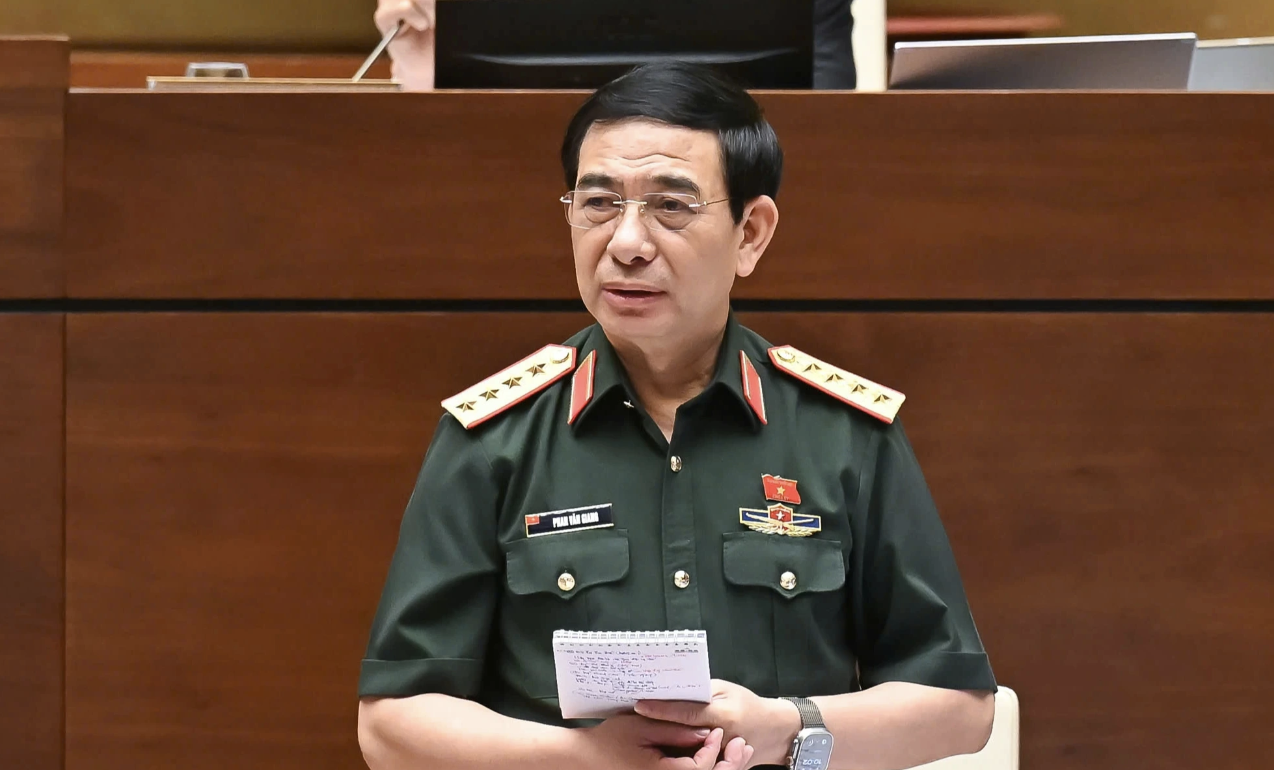

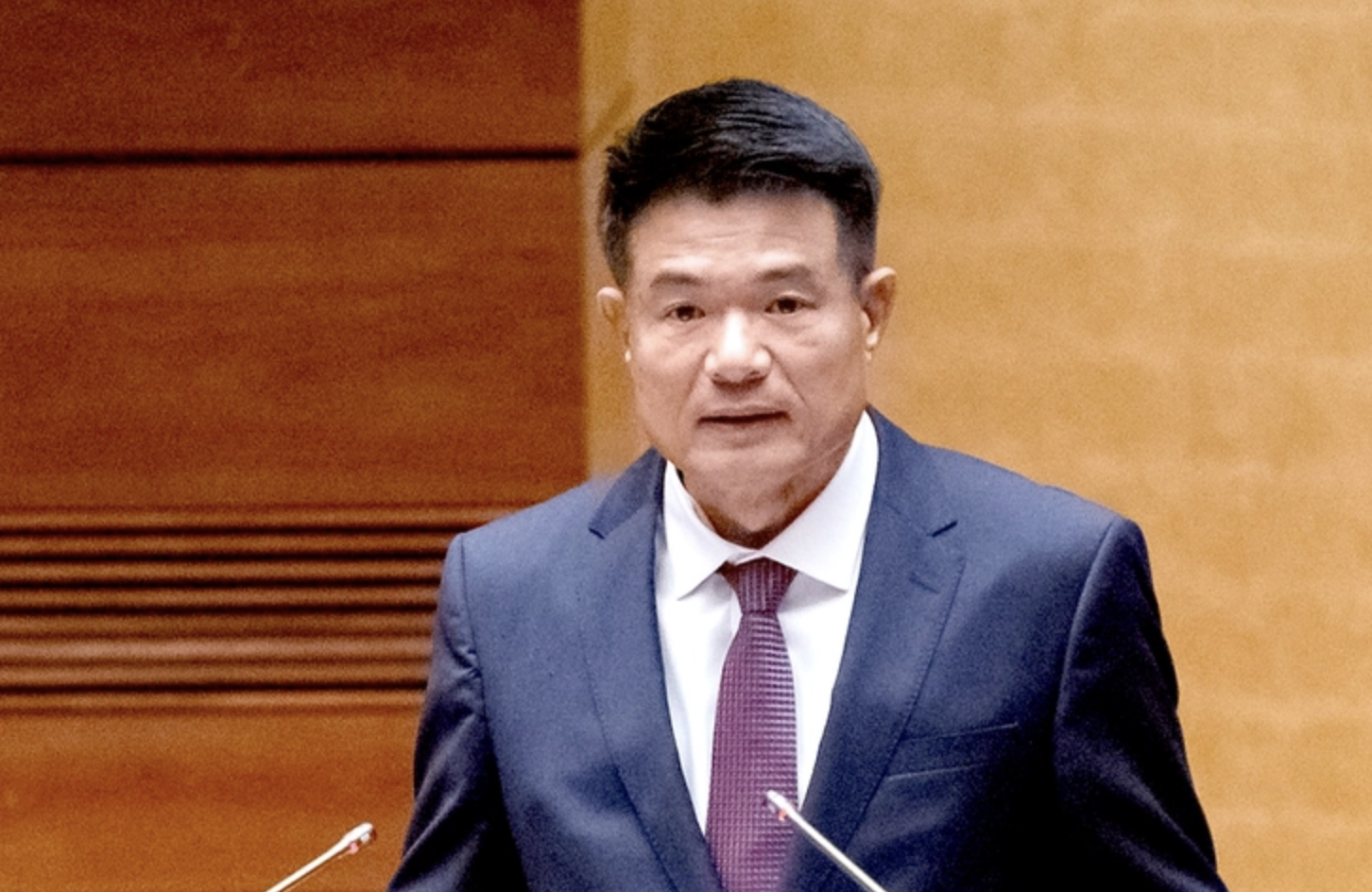

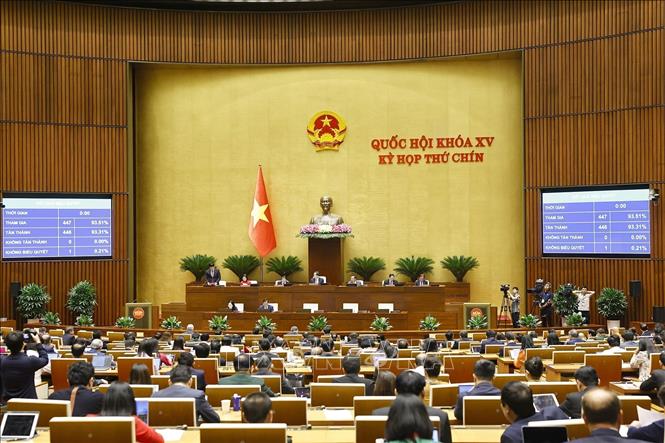









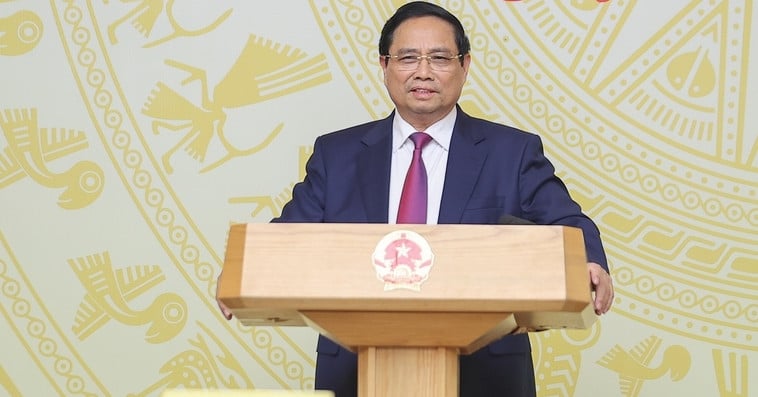



































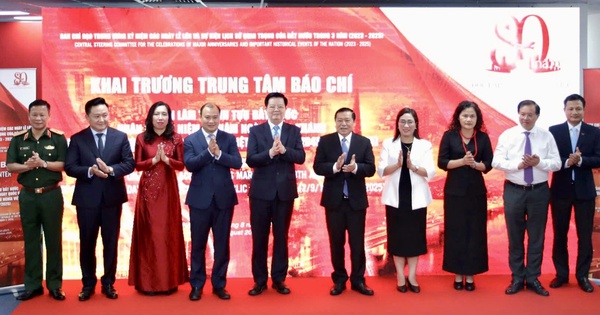









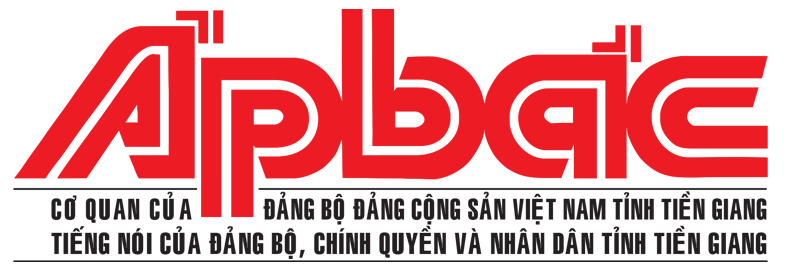




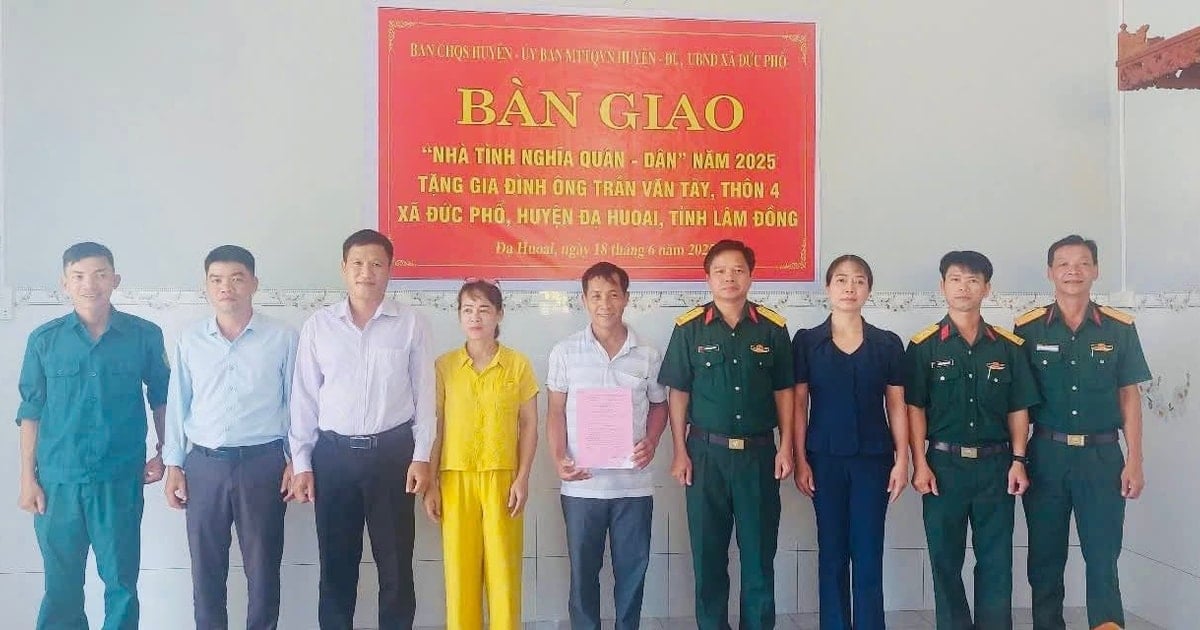














Comment (0)